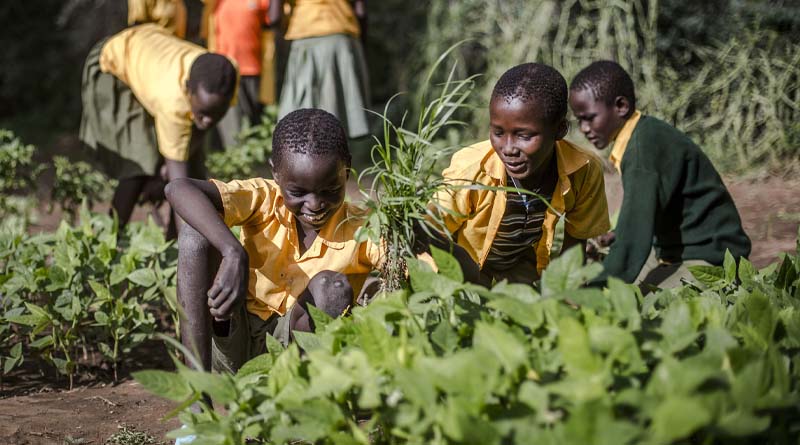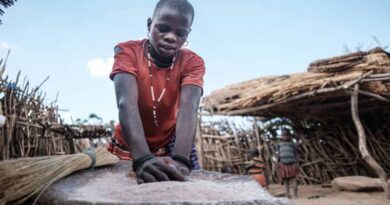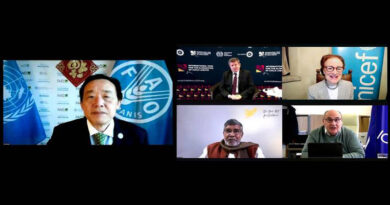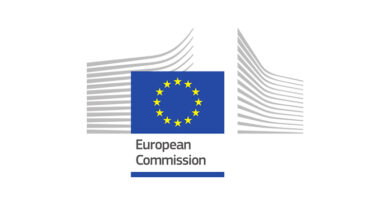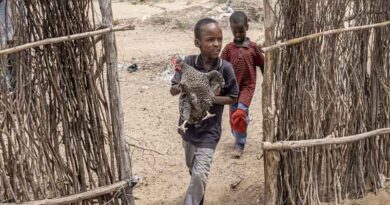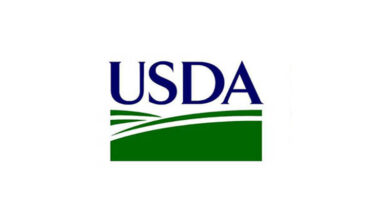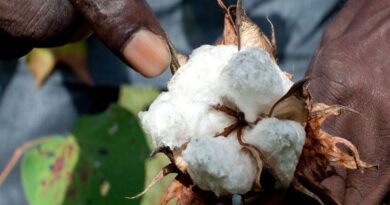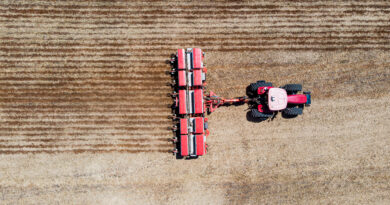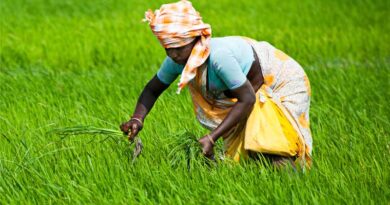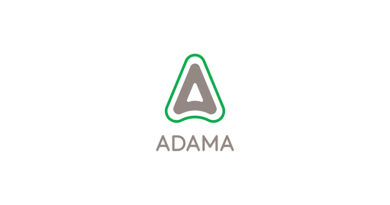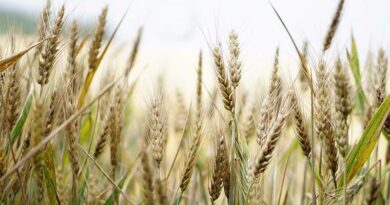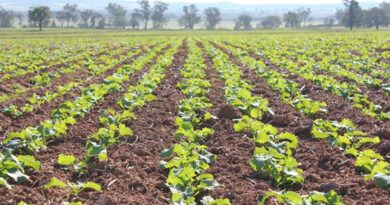Innovative technology can help curb child labour in agriculture
12 June 2023, Rome: With agriculture accounting for the bulk of child labour globally and the numbers involved growing, the Food and Agriculture Organization of the United Nations (FAO) is stepping up its work with partners on eliminating child labour in key sectors including cocoa, cotton, coffee. The latest initiative unveiled today maps out ways of using innovative blockchain technology for monitoring and prevention.
Driven by poverty and a growing global food insecurity crisis, child labour is three times more prevalent among rural smallholders in farming, fisheries or forestry than in urban areas and is often the result of complex economic and social vulnerabilities and shocks.
“Child labour violates the rights of children; by endangering the health and education of the young, it also forms an obstacle to sustainable agrifood systems development and food security, “ FAO Chief Economist Máximo Torero said in a video message at a briefing in Brussels jointly organised by FAO and the International Labour Organization (ILO) to mark World Day Against Child Labour 2023.
Child labour in agriculture rising
Sustainable Development Goal target 8.7 aims at the elimination of child labour by 2025. But a joint report by the International Labour Organization and the UN Children’s Fund UNICEF in 2021 indicated that more than 160 million children worldwide were still engaged in child labour, with 86.6 million of them in Sub-Saharan Africa – more than in the rest of the world combined.
Globally, seventy percent of children in child labour are found in agriculture and between 2016 and 2020, an additional four million girls and boys were reported to be involved in child labour in agriculture.
Multifaceted, integrated approach
FAO and agricultural stakeholders have a critical responsibility, alongside partner organizations to work to address the issue, Torero said, stressing that doing so requires a multi-faceted and integrated approach. Among the initiatives the Organization has engaged in are:
Through the CLEAR Cotton Project, which ended this year, FAO, in partnership with the European Union (EU) and the International Labour Organization (ILO), has successfully addressed child labour in cotton value chains in Burkina Faso, Mali, and Pakistan. The initiative reached more than 10 000 women, men, youth and children. As part of the project, FAO contributed to households’ livelihoods improvement, women’s economic empowerment and enhanced awareness on safe and age-appropriate farming skills.
-FAO will also collaborate in a new 10 million Euro ($10.69 million) European Union initiative on Ending Child Labour in Supply Chains, working in partnership with the EU, ILO and UNICEF to address root causes of child labour in the coffee value chains of Uganda, Honduras and Vietnam. FAO will focus on strengthening the livelihoods of small-scale farmers in areas hit by the effects of climate change, to reduce their dependence on child labour. The project will emphasise the empowerment of marginalized groups – including women, youth, children, and indigenous communities.
FAO has organized a Global Solutions Forum in collaboration with ILO and the International Partnership for Cooperation on Child Labour in Agriculture to showcase concrete solutions in different agriculture sub-sectors and selected value chains.
FAO has established the Child Labour in Agriculture Prevention Facility in line with the focus on increasing investments in rural areas and particularly small-scale producers, which was central to the Durban Call to Action. This landmark document was adopted by Delegates at the 5th Global Conference on the Elimination of Child Labour on 20 May 2022. FAO’s longstanding advocacy efforts helped to ensure that ending child labour in agriculture was a top priority in the document.
In the latest development, FAO and Wageningen University and Research today released the paper Digitalization and child labour in agriculture: exploring blockchain and Geographic Information System to monitor and prevent child labour in Ghana’s cocoa sector. The paper explores the potential application of innovative technologies, particularly blockchain and Geographic Information Systems (GIS) to improve data collection and risk estimation of child labour in the cocoa sector. The paper sets out 13 key data elements (KDE) for child labor monitoring and remediation, including for example distance to water sources or to schools.
Also Read: Best Agrolife becomes the 1st Indian Company to Manufacture Tricolor Agrochemical Blend
(For Latest Agriculture News & Updates, follow Krishak Jagat on Google News)

